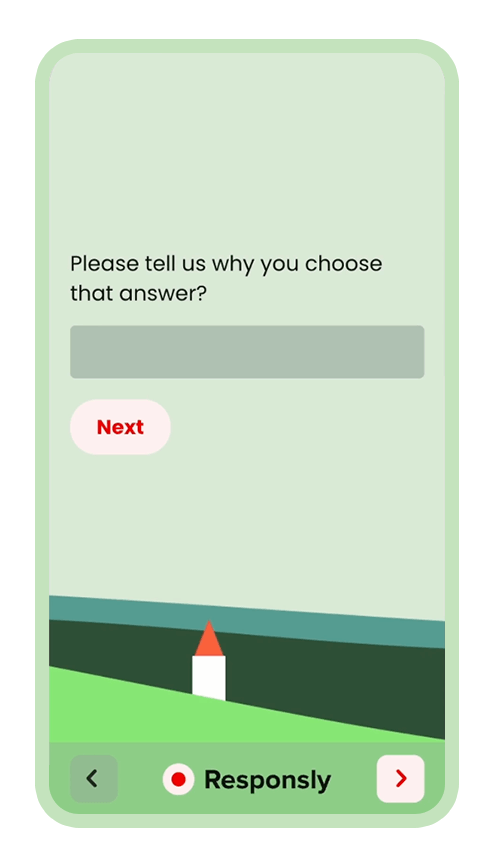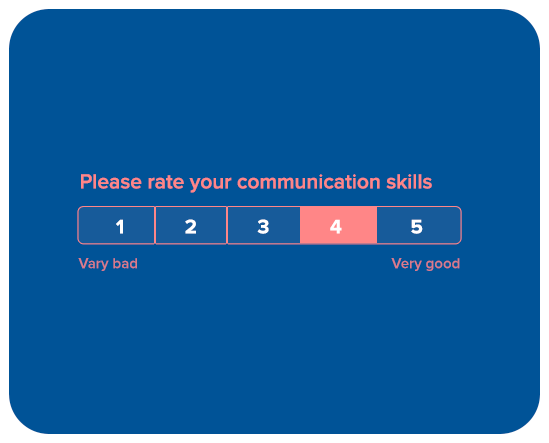10 Steps to a good survey design
Creating a good survey design is crucial to gather valuable insights and accurate data. Follow these 10 steps to ensure your survey is effective and yields meaningful results:
- Define Your Objectives: Clarify the purpose of your survey and the specific information you want to gather. Clearly outline the research goals and the questions you aim to answer.
- Identify Your Target Audience: Understand who your respondents are and tailor the survey to their characteristics and preferences. Knowing your audience helps in framing relevant questions and increasing response rates.
- Choose the Right Question Types: Select appropriate question formats based on your research objectives. Utilize closed-ended questions for quantitative data and open-ended questions for qualitative insights.
- Craft Clear and Concise Questions: Write questions that are easy to understand and free from ambiguity or bias. Keep the language simple and straightforward to ensure respondents can provide accurate answers.
- Consider the Survey Length: Keep your survey concise and focused. Avoid overwhelming respondents with too many questions, as longer surveys may lead to lower completion rates.
- Organize Questions Logically: Structure your survey in a logical flow, leading from general to specific topics. Ensure that questions follow a coherent sequence for a smoother survey-taking experience.
- Provide Diverse Response Options: Offer a variety of response choices to capture different perspectives. Include "Other" or "Not Applicable" options where applicable to accommodate various situations.
- Design a User-Friendly Interface: Create an aesthetically pleasing and user-friendly survey layout. Use clear fonts, colors, and formatting to enhance visual appeal and encourage participation.
- Conduct Pilot Testing: Before launching the survey, conduct a small-scale pilot test with a select group of participants. This helps identify any issues with question clarity, survey flow, or technical functionality.
- Ensure Data Security and Anonymity: Prioritize the privacy and confidentiality of respondents' data. Use secure data storage measures and assure respondents of their anonymity.














